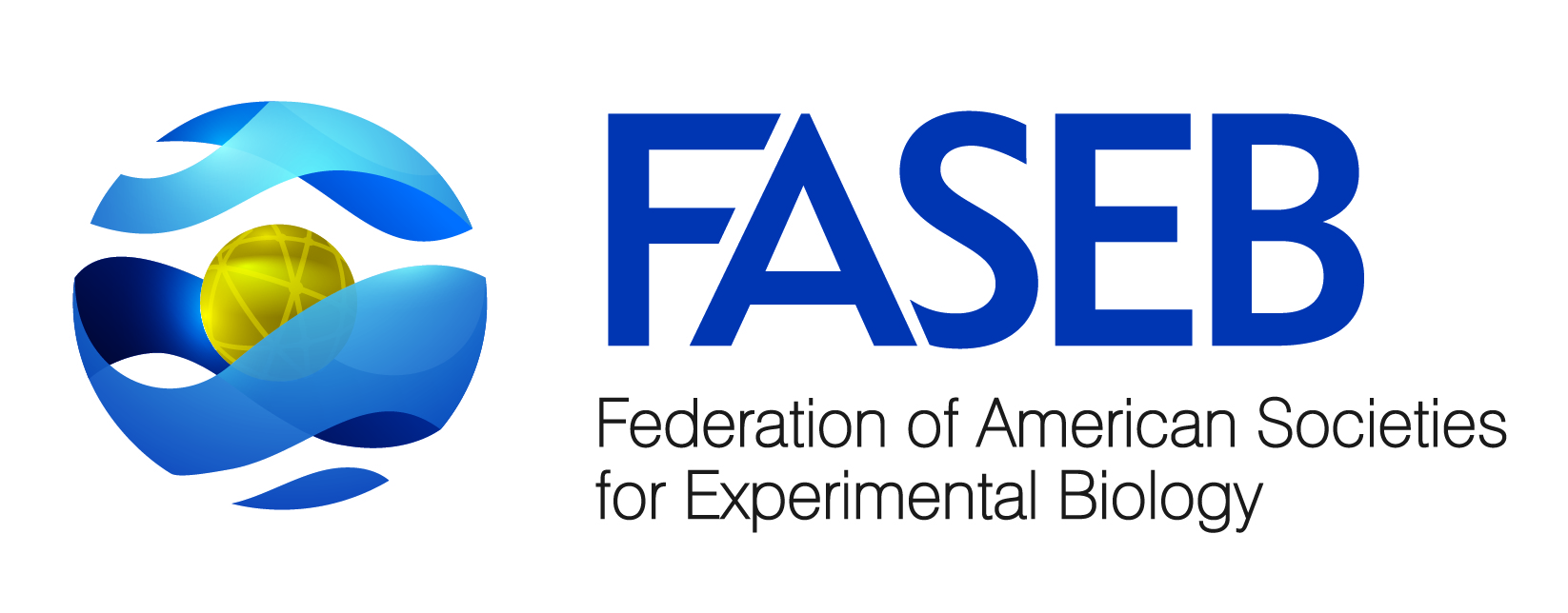FASEBnews
FEDERATION OF AMERICAN SOCIETIES FOR EXPERIMENTAL BIOLOGY
Office of Public Affairs, 9650 Rockville Pike, Bethesda, Md. 20814-3998, http://www.faseb.org
EMBARGOED until 8:30 a.m. EST Wednesday, July 12, 2000
Contact: Paulette W. Campbell
(301) 571-7795
[email protected]
Investigators dissatisfied with NIH's level of support for instrumentation and equipment needs
Washington, D.C. -- The level of support provided by the National Institutes of Health (NIH) for equipment and instrumentation is insufficient, according to a survey of NIH supported investigators conducted by the Federation of American Societies for Experimental Biology (FASEB). The accompanying report recommends that the NIH should, among other things, increase its support for equipment and instrumentation.
The report will be discussed at a press conference at 8:30 a.m. July 12 at the Old Ebbitt Grill, in Washington, D.C.
FASEB's Science Policy Committee undertook the assessment in October 1999 because of the lack of current information from scientists on the status of laboratory equipment and instrumentation. The survey randomly polled 1,000 investigators who had received R01 grants. The respondents generally reflected the NIH grantee population in regards to experience, institutional affiliation and laboratory budget.
An overwhelming majority of the respondents indicated that shared equipment and facilities are essential to their research, and 90 percent said they received more than half of their laboratory direct cost budget from the NIH. Yet nearly half of the respondents said that the NIH's current level of support and management of the Shared Instrumentation Grant (SIG) program was inadequate. [The SIG program is designed to aid researchers in acquiring scarce and prohibitively expensive technology (that costing between $100,000-to-$500,000). The program has been operating since the 1980s, but without Congressional authorization and at radically varying funding levels.]
In addition, more than 50 percent of the respondents said that the NIH's support for equipment valued at less than $100,000 -- for multiple users and for use in individual laboratories -- was also insufficient.
A majority of the respondents -- 64 percent -- said they believed that increased funding for equipment should be one of the top priorities in an expanding federal research budget. Special attention should be given to supporting new "specialized" equipment in individual laboratories and to establishing new shared-resource facilities in emerging technologies for use by multiple investigators.
The FASEB survey of NIH RO1 recipients and this resulting report represent the first systematic assessment of scientific instrumentation needs and major related issues from the perspective of practicing scientists. It indicates a substantial, unmet need for both major and minor instrumentation, and this unmet need significantly impedes scientific progress. In addition to the lack of adequate funding is the related issue that new and emerging technologies are not implemented at most institutions in a timely fashion.
Accordingly, FASEB recommends that NIH:
-- Increase its level of support for shared equipment costing $100,000 or more to $150 million per year for FY2001 with appropriate incremental increases thereafter.
-- Increase its level of support within the context of existing grant mechanisms such as R01s and P01s for equipment costing less than $100,000 to $50 million per year for FY2001.
FASEB also proposes that an expanded SIG program be improved by:
-- Decreasing the time from receipt of application to award from the current approximately one year to six months.
-- Increasing the number of review cycles from one to three per year.
-- Raising the caps to at least $1 million to authorize the purchase of more expensive equipment and to compensate for inflation pressures.
-- Allowing applicants to bundle two or more unrelated pieces of equipment that together cost more than $100,000.
-- Providing support for a maintenance agreement for up to three years if included in the instrument purchase price.
-- Permitting the establishment of facilities using components rather than strictly commercial instruments.
-- Using standing rather than ad hoc study sections for reviewing SIG grant proposals so that consistency in the review process is maintained.
-- Selecting peer reviewers with adequate expertise in emerging technologies.
In the coming months, FASEB plans to work with NIH and Congress to dramatically increase funding for all equipment categories to adequate levels in concert with changes in the granting mechanism.
FASEB is comprised of 21 societies with more than 60,000 members, making it the largest coalition of biomedical research associations in the United States. The mission of FASEB is to enhance the ability of biomedical and life scientists to improve, through their research, the health, well-being and productivity of all people. FASEB serves the interests of these scientists, particularly in those areas related to public policy. FASEB also facilitates coalition activities among Member Societies and disseminates information on biological research through scientific conferences and publications.
# # #
